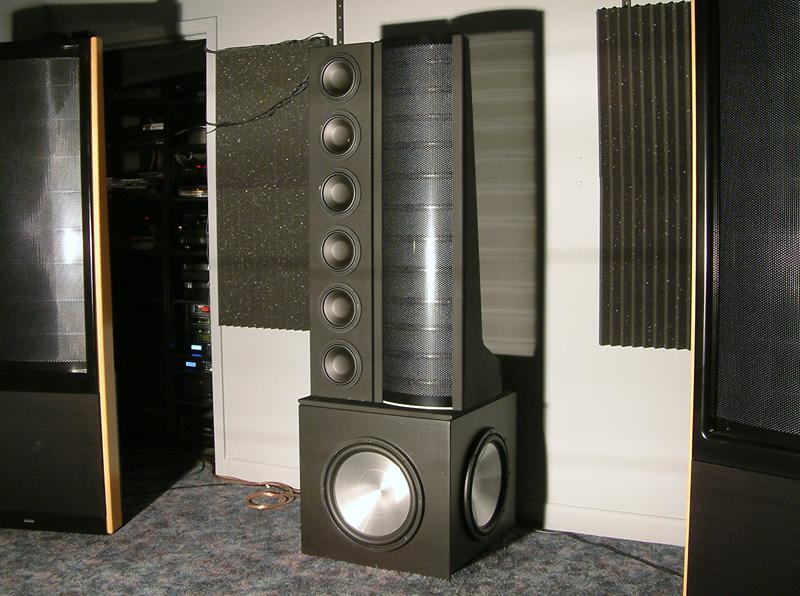First of all, I would never equate the word "transparent" with thin. Transparency is a quality having to do with the component or speaker delivering the signal unmolested (or relatively closer to unmolested), without adding a character of its own to the sound. A component that is not transparent may be fat or thin. The transparent component is neutral. All this is relative, of course.
Semantics, perhaps, but very important semantics.
I am no ML expert, but I've heard quite a few of them with a variety of electronics for extended periods of time. I don't find them to be thin, and while room placement is far from a no-brainer, I don't think it is much more difficult than most dipole speakers. Listener placement is a different question altogether. I've heard MLs that sound incredible in the sweet spot, but merely standing up can make them turn quite thin, even cardboardy.
They are not for the casual listener who wants to wander around dusting the den of doing food prep in the kitchen while listening to music. But for the dead-serious listener who sits down alone and listens, they can be very rewarding.*
Tim
*Give them lots of headroom, you do not want to hear and amp clipping through Martin Logans
Semantics, perhaps, but very important semantics.
I am no ML expert, but I've heard quite a few of them with a variety of electronics for extended periods of time. I don't find them to be thin, and while room placement is far from a no-brainer, I don't think it is much more difficult than most dipole speakers. Listener placement is a different question altogether. I've heard MLs that sound incredible in the sweet spot, but merely standing up can make them turn quite thin, even cardboardy.
They are not for the casual listener who wants to wander around dusting the den of doing food prep in the kitchen while listening to music. But for the dead-serious listener who sits down alone and listens, they can be very rewarding.*
Tim
*Give them lots of headroom, you do not want to hear and amp clipping through Martin Logans


